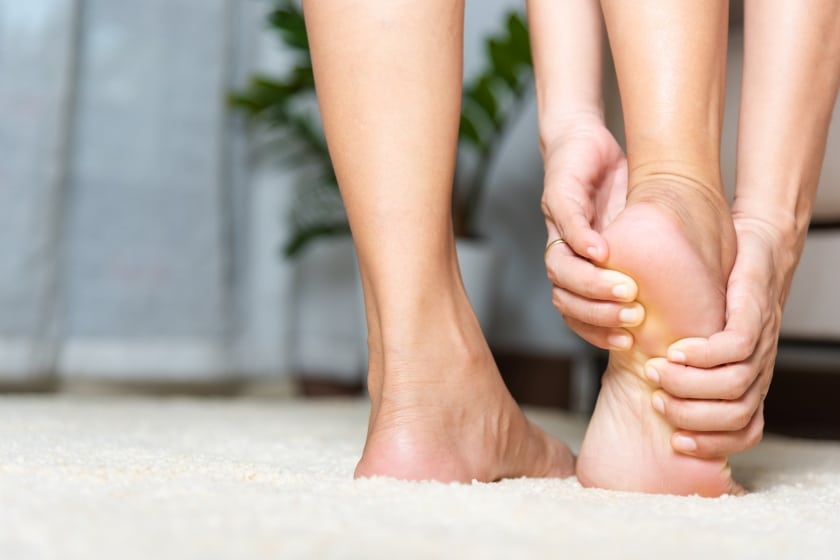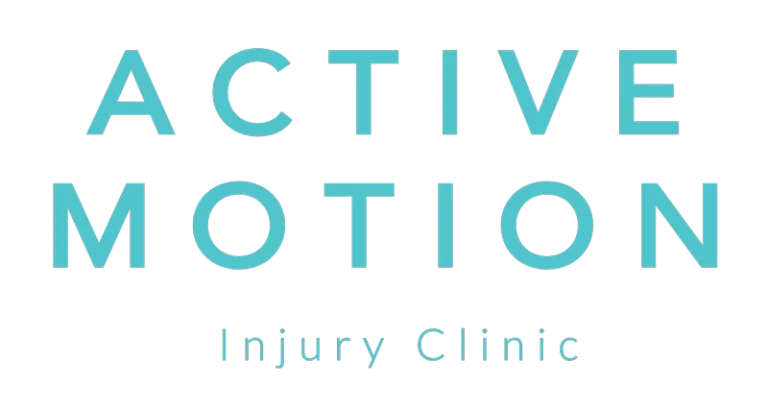
Understanding Diabetic Neuropathy: Causes, Symptoms, and What You Can Do About It
Living with diabetes can come with many challenges, but one of the most frustrating and often misunderstood complications is diabetic neuropathy. This condition affects millions of people worldwide, yet many don’t realise what’s happening until the symptoms start to interfere with everyday life.
Whether you’ve just been diagnosed with diabetes, are managing it long-term, or are supporting a loved one, understanding diabetic neuropathy is essential. This blog will guide you through what it is, what it feels like, and most importantly—what can be done to manage it naturally and effectively.
What Is Diabetic Neuropathy?
Diabetic neuropathy is a type of nerve damage that occurs due to persistently high blood sugar levels. Over time, elevated glucose levels can injure nerves throughout your body—but it most commonly affects nerves in the legs and feet.
There are four main types of diabetic neuropathy:
- Peripheral neuropathy (the most common form)
- Autonomic neuropathy
- Radiculoplexus neuropathy (diabetic amyotrophy)
- Mononeuropathy (focal neuropathy)
Each type impacts different parts of the body and comes with its own unique set of symptoms.
What Does Diabetic Neuropathy Feel Like?
Most people describe diabetic neuropathy in terms of sensations:
- Tingling or burning in the feet or hands
- Sharp, shooting pains
- Numbness that makes it hard to feel temperature or injury
- Increased sensitivity, where even light touch can cause discomfort
- Muscle weakness or difficulty with coordination
Peripheral neuropathy tends to start in the toes and work its way upward, sometimes described as a “glove and stocking” pattern because it affects the extremities first.
What makes diabetic neuropathy especially difficult is its slow progression. Many people live with mild symptoms for years, unaware that their nerves are being damaged. That’s why early detection and proactive care are so important.
What Causes It?
High blood sugar is the main culprit, but other factors can increase your risk of developing diabetic neuropathy:
- High cholesterol or triglycerides
- High blood pressure
- Smoking
- Excess alcohol consumption
- Kidney disease
Essentially, anything that reduces blood flow or damages blood vessels can also harm nerves. Poor circulation means less oxygen and nutrients reach your nerve cells, impairing their ability to function properly.
How Does It Impact Your Life?
Living with diabetic neuropathy doesn’t just mean managing discomfort. It can impact your ability to walk, drive, work, or even sleep. It may affect your confidence and independence—especially when balance and coordination become a concern.
Foot injuries are also a major risk. Because sensation is reduced, small cuts or blisters can go unnoticed, potentially leading to infections or ulcers that are slow to heal. In severe cases, untreated infections can lead to amputation.
That’s why recognising the signs early and taking action matters—not just to manage symptoms but to maintain your quality of life.
Can It Be Reversed?
Unfortunately, once nerves are significantly damaged, they don’t regenerate quickly. However, it is possible to:
- Slow the progression
- Manage symptoms
- Improve function
- Reduce the risk of further damage
Early intervention is key. The sooner you act, the more you can preserve your nerve health and support your long-term mobility.
Treatment Options: Natural and Effective Approaches
While medication is often used to manage diabetic neuropathy, it isn’t the only option—and many people seek natural or complementary therapies to avoid unwanted side effects. At our clinic, we focus on long-term solutions that support the body’s own healing ability.
Here are some of the most effective approaches:
1. Exercise and Movement Therapy
Regular movement helps improve circulation, stabilise blood sugar, and maintain muscle strength. It also stimulates nerve function and may reduce discomfort.
We guide clients through safe, targeted exercises that are adapted to their condition. Even gentle activities like walking, cycling, or supervised resistance training can make a big difference.
2. Stimpod Neuromodulation Therapy
Stimpod therapy is a cutting-edge, non-invasive treatment designed to support nerve healing and function. It works by delivering gentle, pulsed electromagnetic signals to the affected areas. Many patients report reduced tingling and pain, better muscle control, and improved balance after just a few sessions.
While results vary, it’s a promising option for those who want to explore more modern and proactive treatments.
3. Red Light Therapy
Red light therapy uses low-wavelength light to stimulate healing in tissues and nerves. It enhances circulation, reduces inflammation, and supports mitochondrial activity (your cells’ energy production). This can be especially helpful in addressing the underlying dysfunction in nerve cells.
4. Hands-On Therapy
Massage, myofascial release, and gentle manual therapy techniques can improve blood flow and reduce muscle stiffness. Combined with exercise and education, hands-on therapy often improves mobility and comfort, helping you feel more at ease in your body.
5. Lifestyle Support and Nutritional Advice
Managing your overall health is essential. We help clients identify what’s working—and what’s not—when it comes to:
- Blood sugar management
- Weight control
- Anti-inflammatory eating
- Daily movement and recovery routines
Small changes lead to long-term impact when they’re done consistently and with the right guidance.
What If You’re Already Struggling?
If you’re already living with diabetic neuropathy, we understand how overwhelming it can feel. You may have already tried different treatments without much relief—or maybe you’ve been told it’s “just part of getting older.”
But here’s the truth: there is hope.
You don’t have to accept discomfort or restricted movement as your new normal. There are natural, safe, and evidence-based options that can help you feel more in control of your health again.
Why Work With a Specialist?
At Active Motion, we specialise in treating people with diabetic neuropathy and other complex nerve-related conditions. Our approach is based on:
- One-to-one care
- A deep understanding of how diabetes impacts movement
- Compassionate, judgment-free support
You’ll never be rushed or left to figure it out on your own. We create individualised care plans that evolve with you—whether your goal is walking the dog without pain, keeping up with grandkids, or just feeling confident on your feet again.
How to Get Started
We know that the first step is often the hardest. That’s why we offer a free Discovery Visit—a no-pressure conversation where we’ll listen, answer your questions, and help you decide if our approach is right for you.
You don’t need a referral or diagnosis to book. Just curiosity, a desire to feel better, and a willingness to explore what’s possible.
Final Thoughts
Diabetic neuropathy can feel isolating and frustrating—but you’re not alone. With the right support, information, and personalised care, it is possible to reduce discomfort, improve function, and get back to living life on your terms.
You deserve to feel hopeful about your future again—and we’re here to help make that happen.
Click here to schedule your free Discovery Visit. It could be the most important step you take this year.
More free resources:
Read our blog: 5 Simple Movements to Ease Back Stiffness and Improve Mobility – Active Motion
Book a Free Telephone Consultation: Request A Call Back – Active Motion
Learn more about our amazing team: Team – Active Motion Injury Clinic
Request A Call Back
If you'd like to get more information or discuss your condition with a professional, use the form to register for your FREE call back.
Free Consultation
Schedule your free consultation so we can learn more about your pain and how we can fix it.
Find Out Cost & Availability
Enquire about the pricing and availability of our services.
